What Does Your Bookshelf Say About You?
books, brands, the tortured poets department and patti smith
A few weeks ago, I came across an image of a shelf in a bookstore. In the upper lefthand corner of the shelf, a baby pink poster sported the word ‘coquette’ in cursive, as if introducing a new literary genre. Underneath but still on the poster read ‘blessed with beauty and rage,’ borrowed from the titular track of Lana Del Rey’s Ultraviolence. The books merchandised on the display had everything and nothing to do with each other, linked by flat similarities like suspects in a police line up. Moshfegh’s My Year of Rest and Relaxation, Plath’s The Belljar, Cline’s The Girls, Flynn’s Gone Girl, Tartt’s A Secret History, Yanagihara’s A Little Life. Bestsellers and frequently at the center of #BookTok discourse, the thesis behind their curation pointed towards a particular kind of person or at least the blunt outline of one. The pink bows were supplanted across works of dark subject matter to gesture a sense of ‘innocence lost’ and the maintenance of beauty amidst the erosion of mental faculties.
I own most of the books on this shelf. Lapvona, Moshfegh’s most divisive book yet, is my favourite book read so far this year. What can a book really tell you about a person?
As someone who thinks a lot about writing and is discerning about what to read next, I follow a few book influencers online. It is exciting to see literature, like other commercial art such as luxury handbags and music, get platformed, and yet, overwhelmingly, I have noticed a tendency for people to reference books as not only extensions of themselves but reflective of their personalities. Our consumption of other people’s stories, most of them made up – fiction! – used to define ourselves. If they say ‘you can’t judge a book by its cover,’ perhaps it is believed that we can use the cover of a book to judge ourselves.
And maybe, to some degree, this is true. My friend Harry, a lover of Emily Henry and Sally Rooney, is a millennial romantic. My friend Billy, a lover of Jackie Ess’ Darryl, is a cuck. Recently, I sent a friend a picture of something on my television – maybe it was Sex and The City as I am admittedly a part of the delayed contingent watching the original for the first time – and they immediately commented on the Brett Easton Ellis spine of The Shards on my coffee table with comedic vitriol, turned off by the author after they read Less Than Zero. What did that say about me? I haven’t even read the book yet, only picking it up after I heard rumours that Luca Guadagnino was in talks to direct the adaptation. But then, as an admirer of Guadagnino, I love a peach cobbler (Call Me By Your Name), enjoy the idea of witchcraft (Suspiria), and am drawn to the aesthetics of tennis (Challengers). With it, I understand how authors and filmmakers alike become brands to be worn by their audience.
This tendency is reflected in the crowded category of celebrity book clubs – Dua, Kaia, Emma and Dakota to name a few. In the case of Reese Witherspoon, book clubs offer access to intellectual property when optioned by the celebrity, turning the fans of literature into lucrative audiences upon adaptation. But, more often than not, I believe that books are predominantly used in image-making and PR.
Emily Gould from The Cut agrees:
Celebrities mostly use books to add another layer to their personae, carrying around status handbags shaped like piles of paper with pages. Their rationales may vary, but cultivating bookishness is as good a way as any to transition from one career phase to a more multidimensional one, in the same way that a former Disney teen might guest star on Law & Order SVU as a murder suspect in order to graduate to more mature roles.
This layering of personality makes sense in an age where every fiber of celebrity is zoomed into and analyzed. And so, a book becomes the bag with Kendall Jenner admitting to hiring a ‘book concierge’ to outfit her with niche yet artful selects from indie publishers.
offers another reason for the outfitting of literature and the swell of celebrity book clubs:The celebrity book club has, to me, always seemed a bit proactively defensive, a little self-conscious, like: she may not have an undergrad degree, but there’s still a brain behind the pretty face. Famous men are more readily taken seriously and, so, do not need to have book clubs.
While this is an interesting provocation, I’d add that the new class of leading men are learning how to play this game as well, evidenced through Jacob Elordi’s tendency to be ‘caught’ juggling multiple books in paparazzi photos.
The idea that books can contribute to brand building is something that brands have unsurprisingly picked up on. From the accounts I’ve seen, the partnership – between writer and fashion house – have mostly been tasteful and emboldens the need for storytelling across luxury goods to differentiate from fast fashion.
For Spring/Summer ‘24, Valentino introduced the ‘Narratives Collection’ with A Little Life quotes on its garments. The novel, known for its detailed (and, at times, dire) analysis of male relationships lent itself well to the collection’s thesis which set out to “re-examine masculinity” in today’s context.
A couple days ago, Miu Miu launched their first ‘literary club’ event in Milan, a two-day juncture of “live performances and entertainment, further enhancing Miu Miu’s commitment to contemporary thought.” The chic spectacle featured a variety of acclaimed writers such as Sheila Heti, Jhumpa Lahiri, and Selby Wynn Schwartz, and performances by poet and singer Arlo Parks. Miuccia, I’m open for bookings if you are looking for a panelist for your next event.
The Sunday before the eclipse, I ran into my friend Willa on the C train. While catching up, she mentioned that her colleague Nicolaia Rips – a New York writer and memoirist – authored the show notes for the latest Sandy Liang show. Her literary talents brought additional narrative to the show, characterizing the Sandy Liang shopper as “a school girl who grows up to be a princess” in the notes.
It’s delightful to witness authentic collaboration between artists in a world that feels increasingly loaded with tacky celebrity brand endorsements. These partnerships signal the potential for something greater, something that can transcend traditional methods of distribution and communication for art.
In discussion with Dirt,
, of THE WHITNEY REVIEW of New Writing, offered that luxury brand + writer partnerships might be a viable approach to circumvent the formulaic gatekeepers of publishing to allow for fresher literary voices:“There are two problems to solve: one is that the continued existence of the visionary small presses is always precarious; two, I think there's an audience hungry for good small-press fare that's bigger than what these cash-strapped small presses have traditionally been able to reach. Maybe the future, then, is in collabs, where books can leverage a fashion brand's marketing… Luxury brands already see publishing as part of the lifestyle nexus.”
To think! What if LOEWE commissioned two novellas a year in conjunction with collections? What if Rick Owens offered an artist residency? From her published work in Vogue to modeling for Celine, Joan Didion has always been a fashion girlie. I can only wonder what comes next.
Last fall, when I debuted a short story at Limousine Readings in Brooklyn, I was lucky enough to be dressed and styled by LUAR. This was a couple of months ahead of Beyoncé arriving at their show in a custom cowgirl look. While I am certain this gesture was more charity than brand positioning, this partnership further situates LUAR in conversation with a lineage of collaborations, of artists partnering with other artists, to create a shared narrative that extends beyond the page and into something greater.
While the convergence of literature with other art forms is exciting, it also makes a lot of sense. If the scripts of filmmaking and the lyrics of songwriting all begin on the page, perhaps literature is the embryo for other forms of art. It’s not uncommon to see authors adapt their novels into feature films or for poets to lend their talents to songwriters. The symbiotic relationship between the words on a page and the work we see or hear in the world is in continual conversation.
This is why the visual lore behind Taylor Swift’s The Tortured Poet’s Department is fascinating to me. By now, we’ve all seen the tea-bagged pages of her Spotify library at The Grove. We’ve seen the art-directed vignettes of Swift furiously battering the keys of a typewriter in Bella Baxter-drag. By engineering this imagery, Swift builds connectivity to Dickinson, to Woolf, to Plath, and, with good reason, as these women earned legacies by putting their life into their work, by making themselves their muse.
By now, Swift has achieved what many artists could only dream of: the freedom to make and release music whenever and with whoever she wants, universal acclaim across her impressive discography, and a fuck ton of money. What does the most awarded songwriter of our generation have to gain by further attaching her brand to literature? Similar to celebrity book clubs and book outfitting, it may be yet another brand positioning exercise.
My first memory of Swift’s preoccupation with poetry was upon hearing the lakes, a simmering bonus track off of folklore. On it, Swift yearns for what she calls ‘sad prose,’ begging her lover to bring her to the district in England where nineteenth-century poets wrote, inspired by the landscape:
Take me to the Lakes, where all the poets went to die
I don't belong and, my beloved, neither do you.
Those Windermere peaks look like a perfect place to cry
I'm setting off, but not without my muse.
This returns on the titular song of The Tortured Poets Department, with Swift putting legendary poets on a pedestal:
I laughed in your face and said, “You’re not Dylan Thomas. I’m not Patti Smith.
This ain’t the Chelsea Hotel. We’re modern idiots.”
I have not yet metabolized the 31-track album to make a call on whether or not her poetry is Smith-level. But, regardless of how I feel about the prose of her latest album, Swift has successfully anchored herself as a writer that other writers compare and analyze, similar to how Swift romanticizes her poetic influences. In this way, she’s closer to the poets she seeks to be in conversation with than we think.
I met
in a bookstore on a whim two weeks ago. I was in Soho and had time to kill before a reading in Brooklyn so I popped into the store to pick up some Annie Ernaux and discovered Patti, between the stacks, signing paperbacks of her latest book. Somehow aware of my presence before I was confident it was her, she lifted her face from her pile of books and smiled at me.“This handsome gentleman seems like he wants something from me,” she said.
I grabbed a copy of Just Kids, feeling embarrassed for not having read it yet but simultaneously validated that I waited for this special moment to purchase it. I stepped closer to her desk and asked her to sign.
“What are you doing here? So casually between the bookshelves?” I asked.
She crested her cheeks into a smile once again and picked up the book, her book, soon to be mine. “Well, you know. I’m a local gal,” she winked.
And there it was: the answer I had been looking for. A book could tell you enough about a person. And, sometimes, if you came across the right bookshelf, you didn’t find a particular kind of person or the blunt outline of one, but the person themself.
Thank you, Patti.
Thank you for reading! LOOSEY is a bi-weekly newsletter about culture, technology and the way we live. If this is something you like, consider subscribing and sharing.


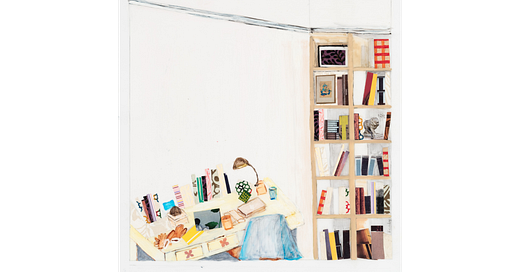



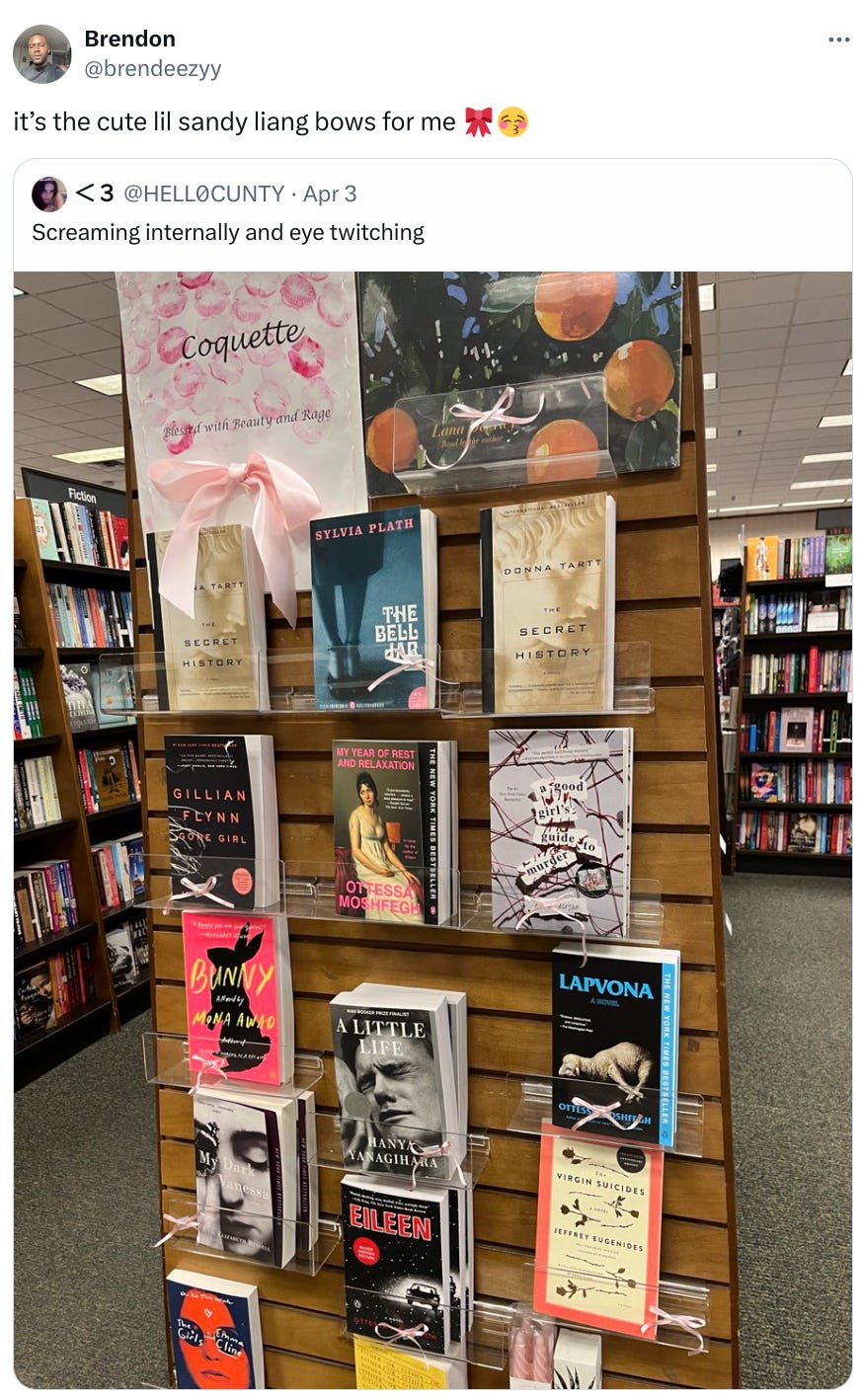
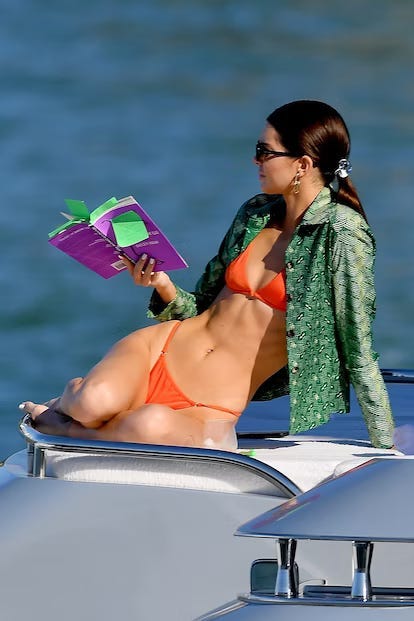
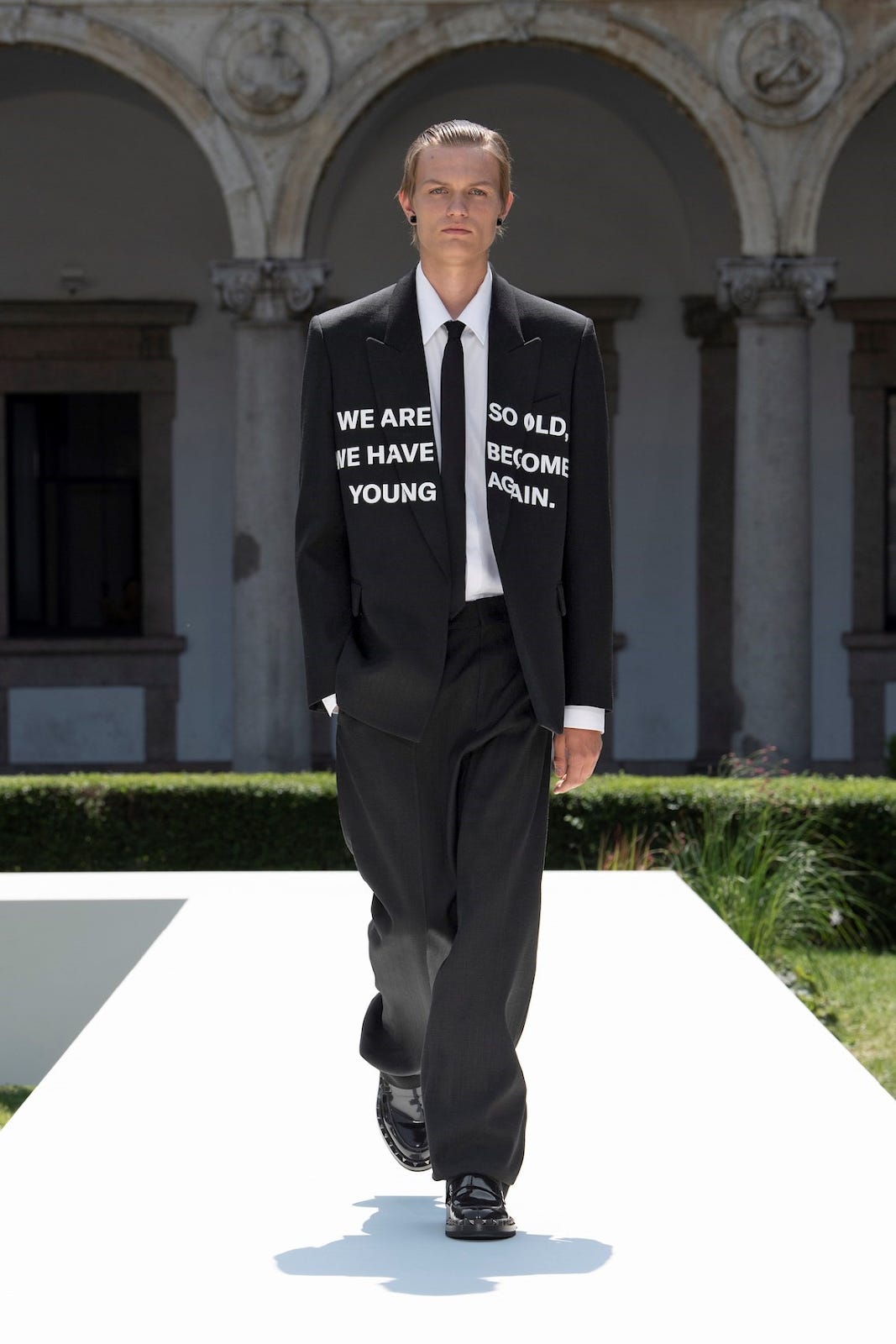
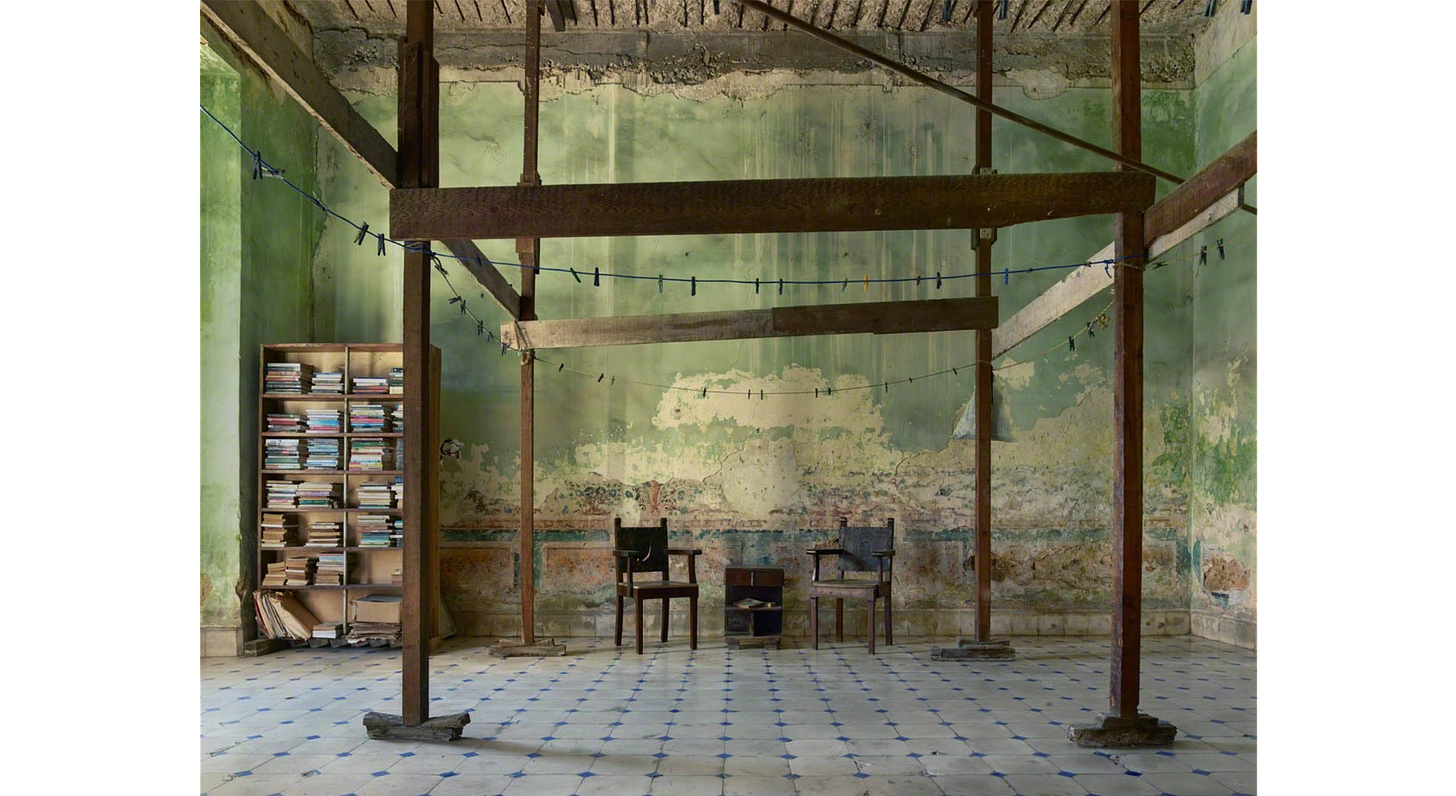
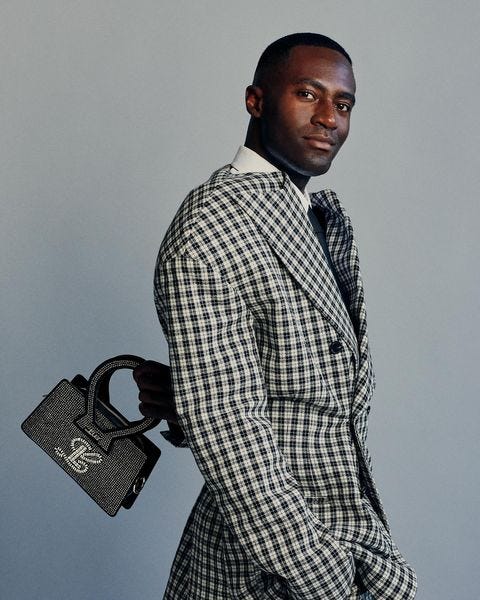
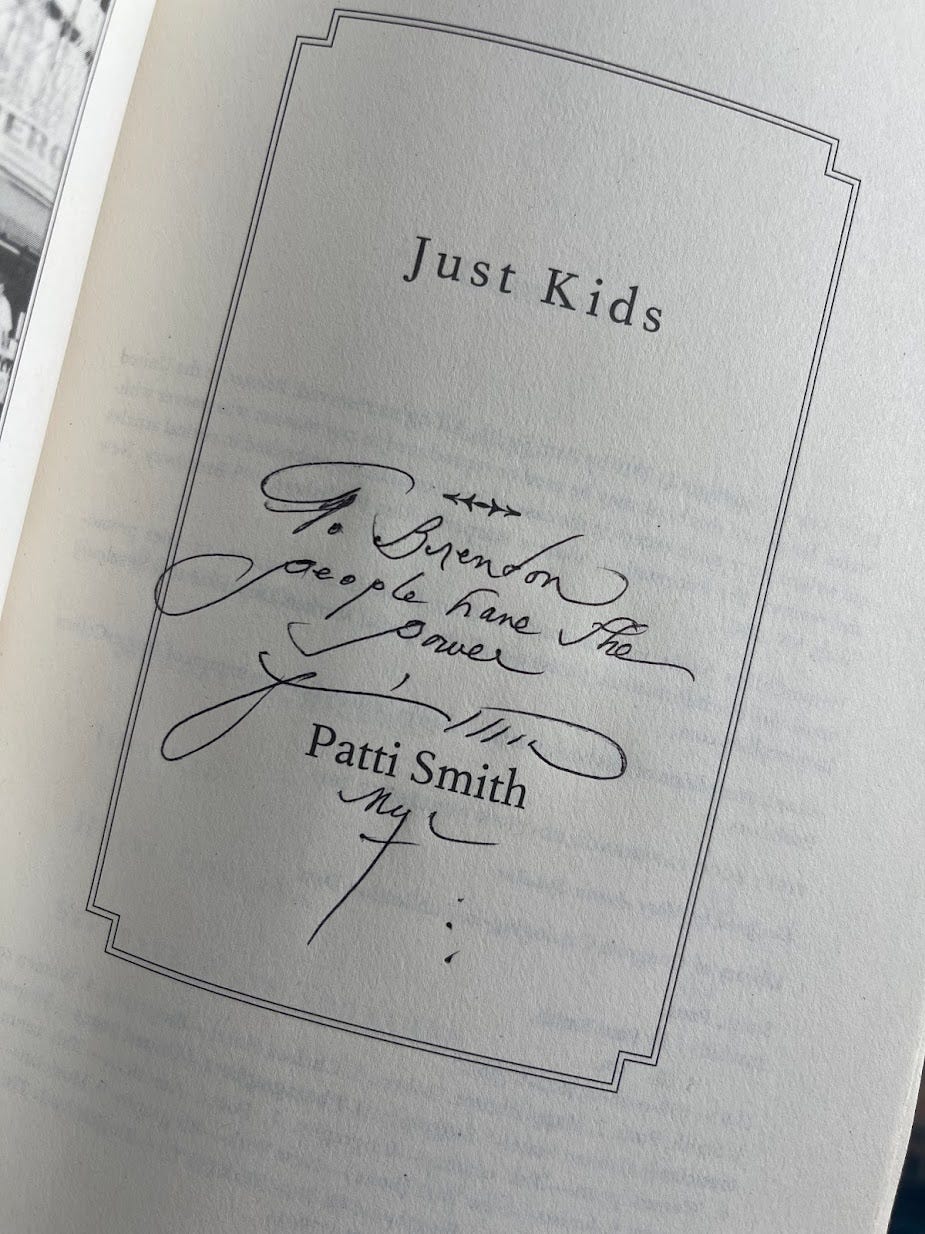

Something about seeing A Little Life under a ‘coquette’ sign with a pink bow took me out and i genuinely had to take a moment
I never would've expected to see a coquette section in a bookstore, oh my god. As someone who's seen the rise of it on Tumblr, this is so wild. You reminded me of something I overheard yesterday as I was walking through a library: this girl was telling her friends that she didn't have enough books in her "purple section" and needed to find more shades of purple!
Love, love, love the last sentence! "And, sometimes, if you came across the right bookshelf, you didn’t find a particular kind of person or the blunt outline of one, but the person themself." This is what I hope to achieve with my own bookshelves.